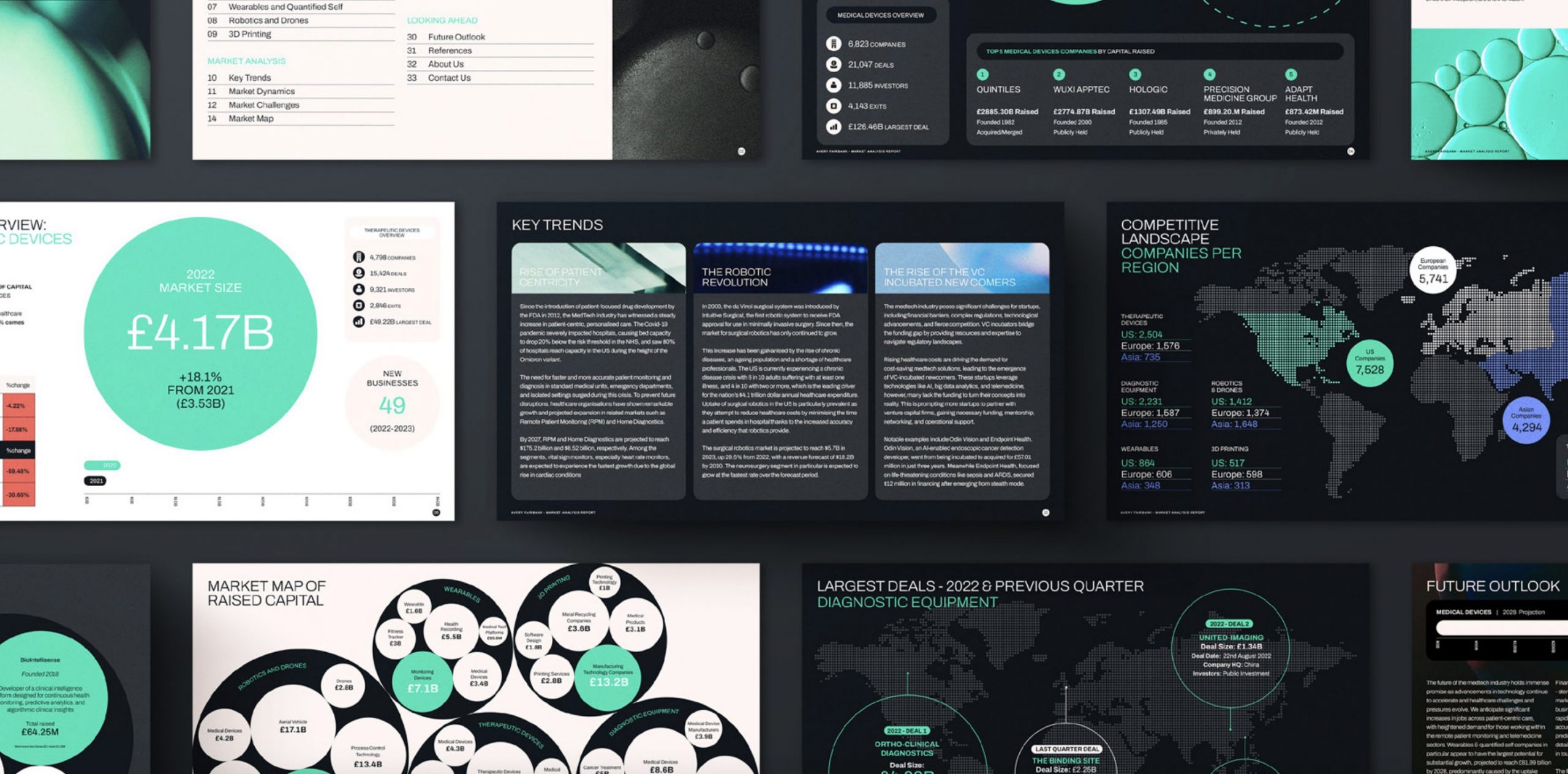January 22, 2024
Within the dynamic domain of the Internet of Things (IoT), various pioneering companies are leading the charge in blending the physical and digital worlds, heralding transformative shifts in daily life and the wider tech arena. This article explores three promising internet of things companies to watch based in the US, illuminating their latest initiatives, cutting-edge technologies, and their capacity to transform our interaction with the environment.
R-Zero
R-zero secured a substantial $104.5 million in Series C venture funding on May 10th, 2022, led by Caisse de dépôt et placement du Québec, aimed at enhancing its UV-C technology and IoT-connected devices. This investment responds to the growing need for purifying indoor air, a crucial health concern.
This financing brings R-Zero’s total capital to over $170 million, bolstering its efforts to expand its disinfection and risk analysis technology in various sectors, including education, business, healthcare, senior living, recreation, and government buildings. R-Zero’s technology significantly improves indoor air quality by eliminating 99.99% of harmful airborne microbes, contributing positively to both human health and environmental conservation by reducing energy consumption and waste.
Jennifer Nuckles, CEO of R-Zero, emphasises the importance of innovation in indoor air health, noting that people spend 90% of their time indoors. She highlights R-Zero’s role in setting new standards for indoor air quality with sustainable solutions that lessen dependence on damaging chemicals and HVAC systems, thereby protecting human health and the environment.
Tillman Digital Cities
Tillman Digital Cities (TDC) excels in the creation, funding, construction, and management of critical systems for enhancing in-building connectivity. This expertise enables their clients to elevate indoor commercial services, integrate 5G and IoT technologies, and set up private enterprise networks. With operations in over 20 countries and the development of more than 6,000 mobile towers, TDC stands as a global leader in communications infrastructure.

Their solutions span various industries, including healthcare. For instance, in August 2022, TDC implemented their state-of-the-art in-building connectivity system at Concord Hospital in Concord, N.H. Utilising advanced technology, TDC equipped the hospital with a neutral host (5G + LTE) wireless infrastructure, vital for providing long-lasting service to the community. This system is uniquely designed to work with all mobile network operators, enhancing wireless coverage and bandwidth for hospital staff, doctors, emergency personnel, visitors, and patients.
More recently, in May 2023, TDC forged a partnership with Penn Entertainment to boost LTE and 5G cellular coverage and bandwidth in their casinos, hotels, and gaming venues. Given TDC’s rapid growth, similar collaborations are expected to increase, showcasing TDC’s expanding influence in the realm of in-building connectivity solutions.
Cavnue
Billions have been invested in developing on-vehicle technologies, such as advanced driver assistance systems (ADAS) and fully autonomous driving solutions. However, only a small fraction of this investment has gone towards developing infrastructure to support and enhance advanced roads. Cavnue, a New York based startup, is at the forefront of this sector, creating and integrating technologies that will drive the most technologically connected roads in the world, known as “cavnues.”
Their approach involves crafting a digital model of a roadway that can analyse and optimise road conditions in real time. This model shares information and offers proactive guidance to both vehicles and drivers, thereby enhancing safety, efficiency, and road operating conditions.
Cavnue empowers public and private entities that own and operate roads and transportation systems to prepare for and leverage the imminent revolution in connected and autonomous vehicles. The technology Cavnue is developing is set to power the next generation of autonomous mobility systems for both passenger and freight transportation. This involves creating the infrastructure technologies necessary for dedicated Connected and Autonomous Vehicle (CAV) laneways.

Published on 22-01-2024


